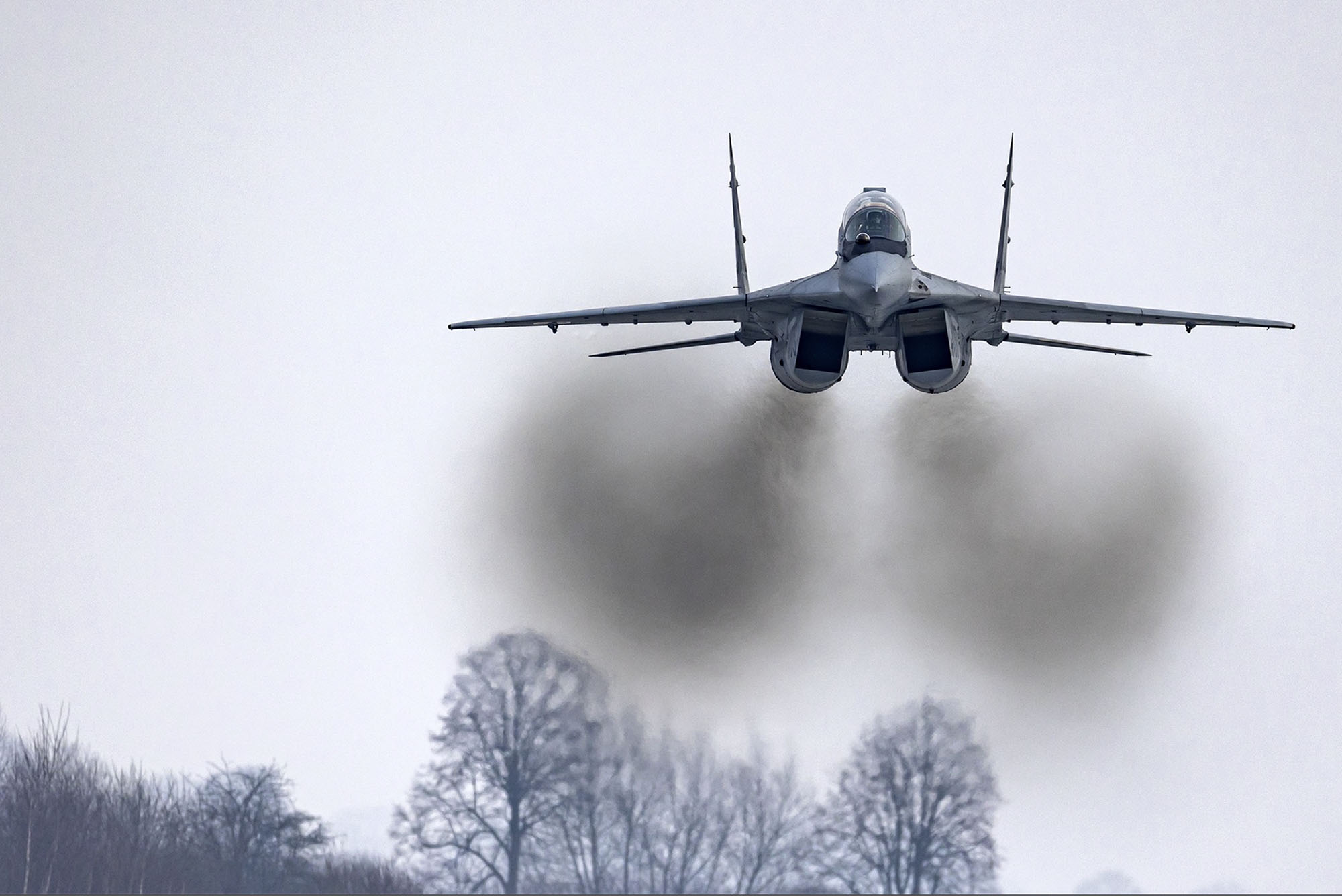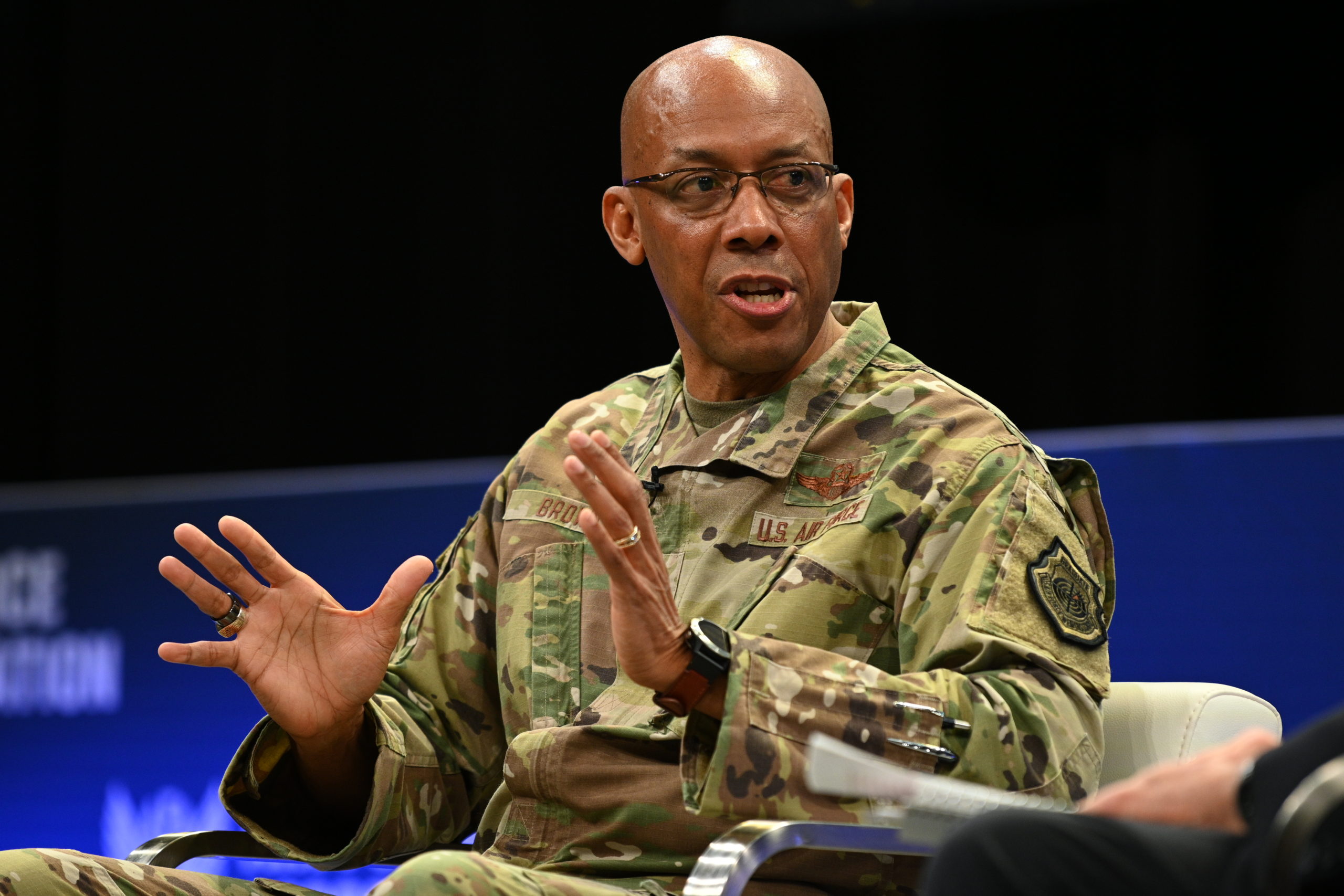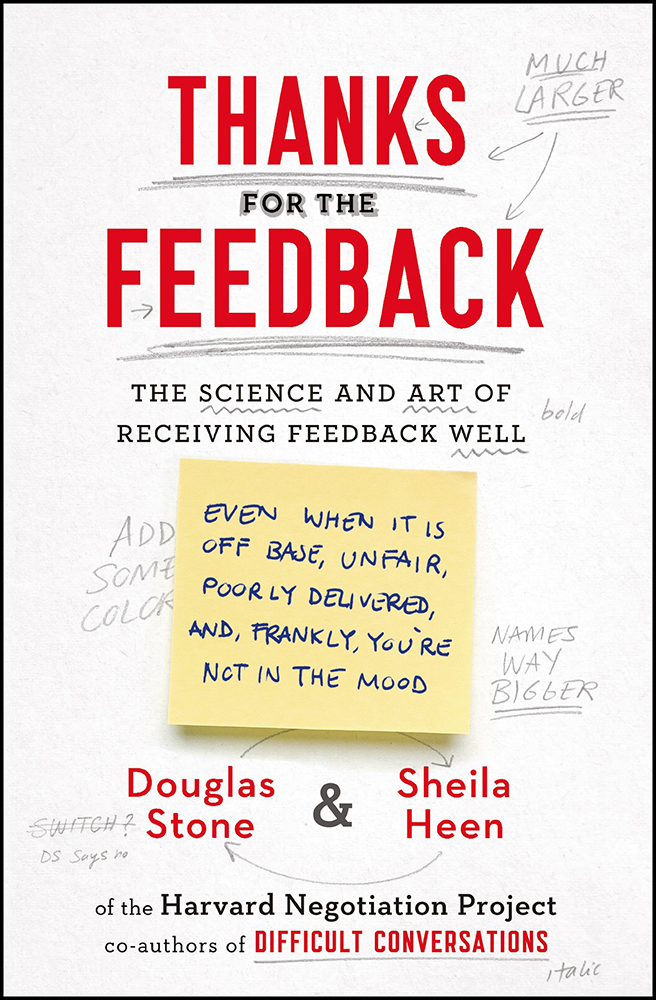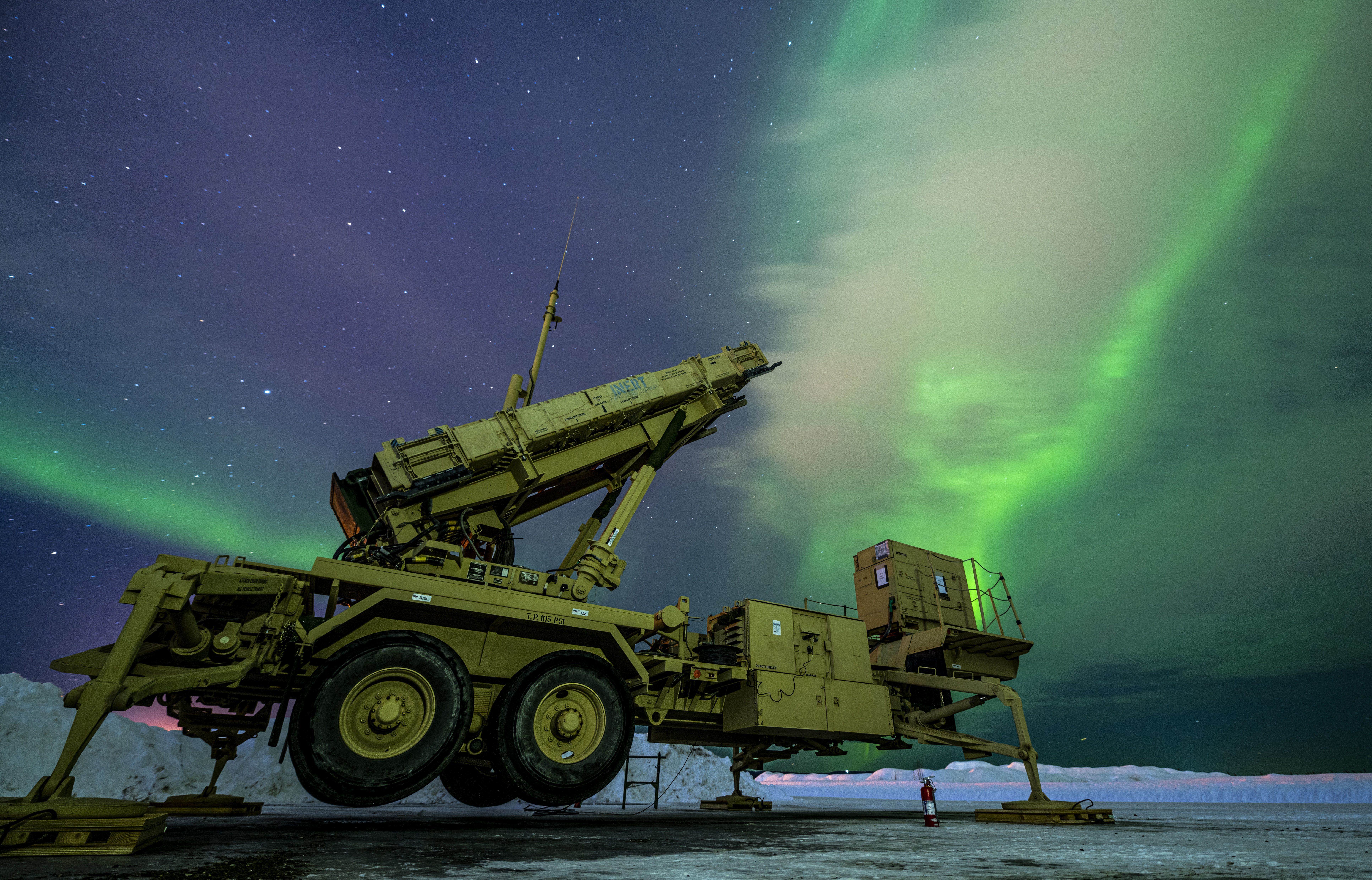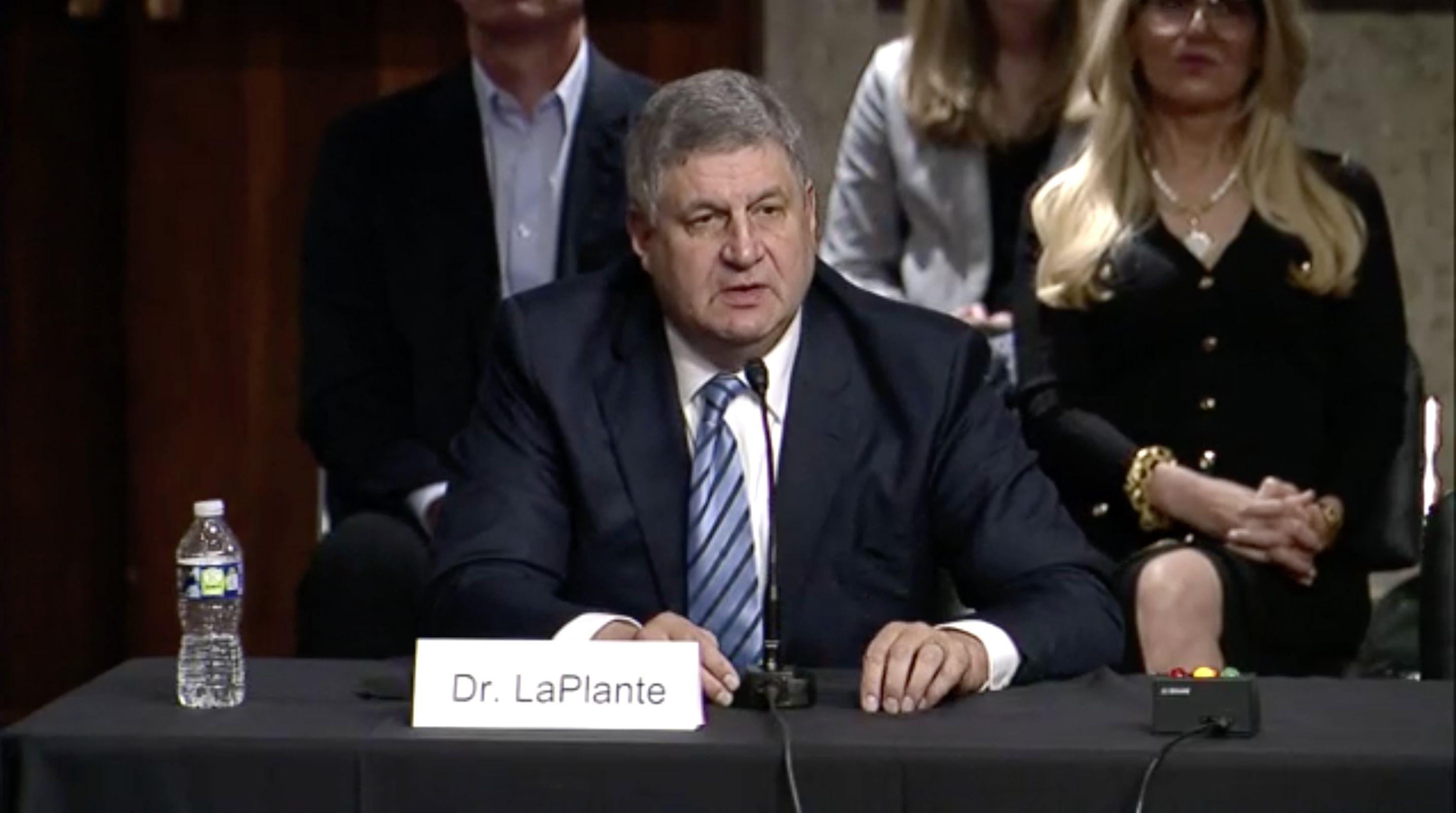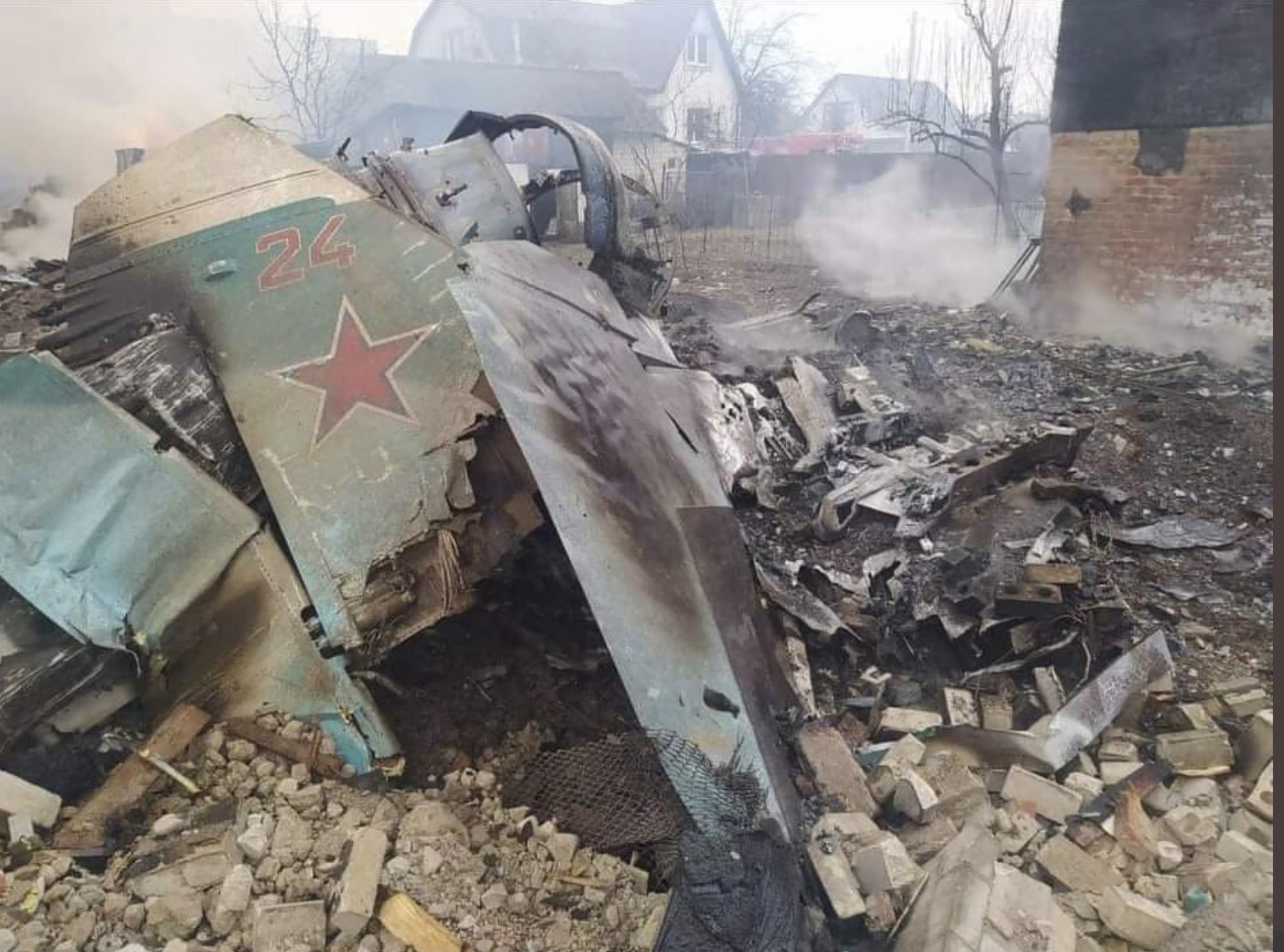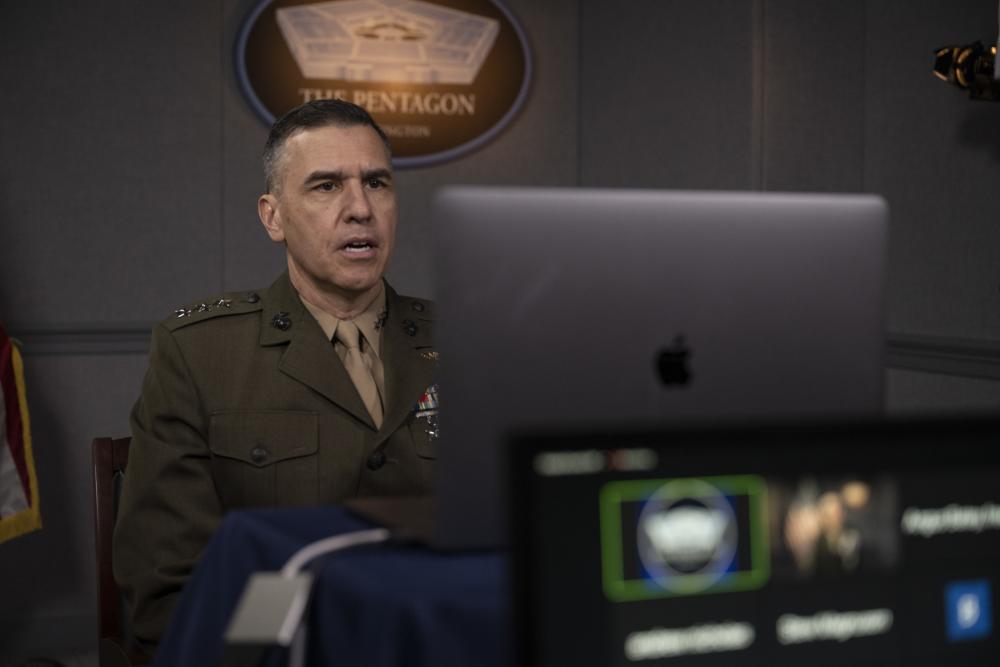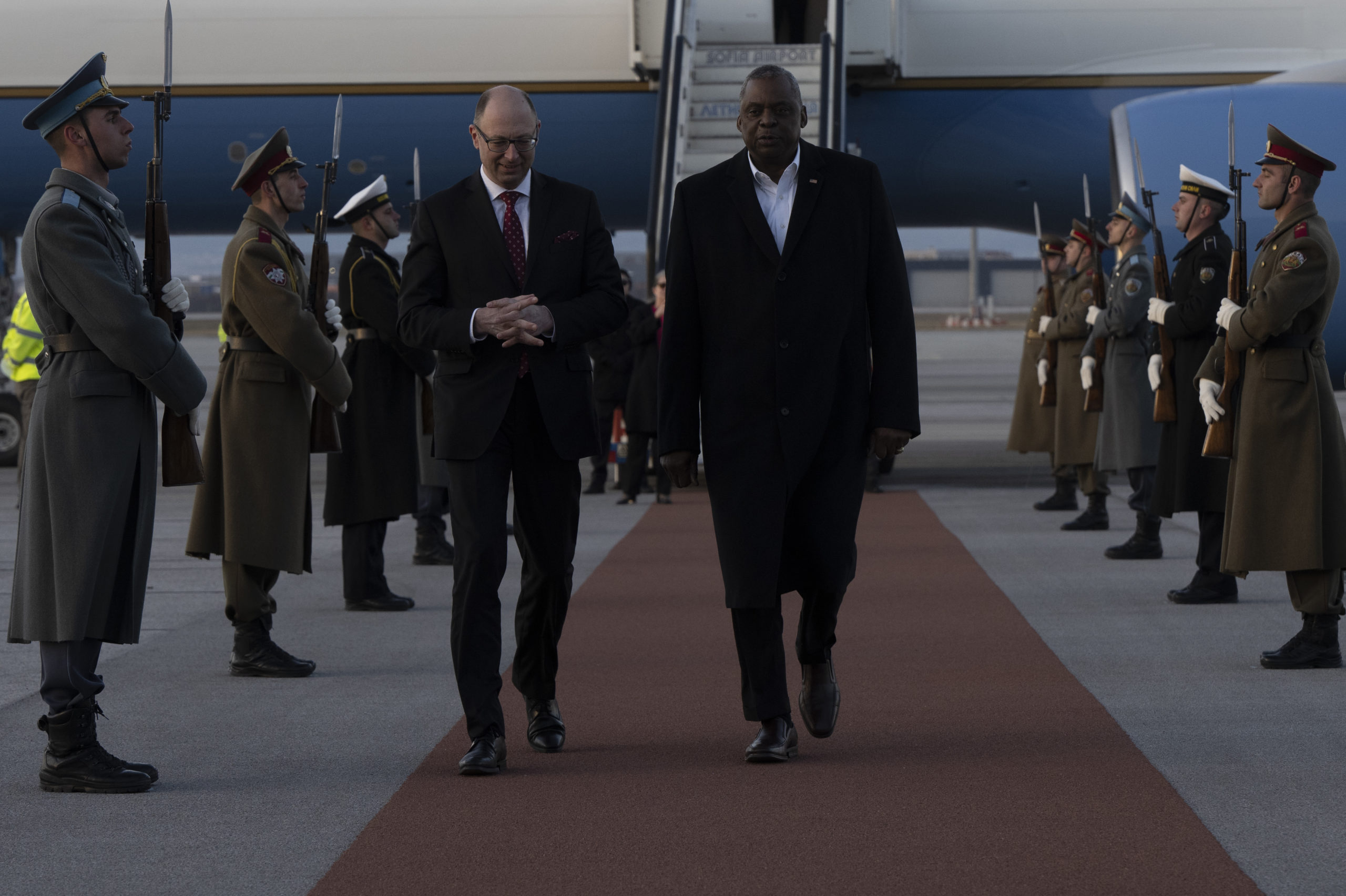Missteps by the West emboldened Russian President Vladimir Putin ahead of his latest Ukraine invasion, but the United States can still give Ukraine the weapons it needs to overcome Russian airpower, according to the participants in a Mitchell Institute for Aerospace Studies virtual discussion March 22.
Retired Air Force Gen. Philip M. Breedlove was NATO Supreme Allied Commander, Europe, the last time Putin invaded Ukraine, annexing Crimea in 2014. During a diplomatic era with Russia, which he dubbed “hugging the bear,” Breedlove saw how measured assistance to Ukraine strengthened its land forces but left its air force vulnerable to the pummeling it now faces. Mitchell Institute Dean retired Lt. Gen. David A. Deptula likewise said the United States’ drawdown in airpower in the early 2000s incentivized Putin even after he invaded Georgia in 2008.
Both argued that more forceful power projection by the United States and NATO, even in the days leading up to Putin’s invasion, could have prevented the humanitarian disaster now underway. But, the U.S. and NATO can still give Ukraine powerful weaponry to take advantage of Russian battlefield disasters, they said, noting that Putin has said he will not stop with Ukraine.
“It’s bigger than Ukraine,” said Breedlove, citing the two draft treaties Putin sent to the United States and NATO on Dec. 17. The proposals called for removal of NATO troops and weapons from new members in Eastern Europe and a barring of future members such as Ukraine and Georgia.
“He wanted them to be signed and legally binding,” Breedlove said. “In fact, he basically demanded it. And when he did, he said, ‘Or, there will be other actions.’ We now know what that was. We see it playing out because we refused to sign them.”
Breedlove argued that Putin’s true goal is to “completely restructure the security architecture of Eastern Europe.”
“Mr. Putin has the initiative, and we don’t,” Breedlove said. “In our current state, our nation is completely deterred, and the NATO alliance is completely deterred, and Mr. Putin is not deterred.”
Breedlove argued that sanctions, as well as the threat of sanctions, have failed to stop Putin. Breedlove also said attempting to distinguish between offensive and defensive weapons is futile.
Deptula argued that Ukrainians are fighting “on behalf of the complete free world” and need to be supported as much as possible.
“We’re a superpower, and we need to start acting like one,” Deptula argued. “I think all is fair in providing weapons to Ukraine, up to direct U.S./NATO participation.”
Putin only recognizes strength, the panel argued, and he has alluded to his own deterrents, including tactical nuclear weapons, while U.S. government officials in recent days have cited threats to use chemical and biological weapons.
Even before the Feb. 24 invasion of Ukraine, the United States had been delivering ground-based weapons including anti-tank Javelins and Stinger anti-aircraft weapons, which are useful only for slow-moving aircraft, not Russian fighter jets. But Ukraine needs weapons that can shoot down Russian Su-30s, Su-34s, and Su-35s, said Deptula and Breedlove.
On March 8, Poland offered its remaining 23 MiG-29 jets to the United States for transfer to Ukraine, but the U.S. refused the arrangement as escalatory.
Head of U.S. European Command and NATO Supreme Allied Commander, Europe, Air Force Gen. Tod D. Wolters on March 10 issued a statement that the “the military usefulness of additional fixed wing air to Ukraine will be high-risk and low gain.”
Wolters insisted that Ukraine needs more anti-tank weapons and air defense systems, which DOD is currently working to facilitate as part of a new $800 million aid package signed by President Joe Biden on March 16.
The rejection of the Polish offer for MiGs continues to ripple through the halls of Congress and throughout the defense community. On March 21, the Ukrainian Ministry of Defense promoted a video, narrated in English, with dramatic scenes of an outfitted Ukrainian fighter pilot walking over debris and approaching a jet damaged on the runway. The video called for donations of fighter aircraft to Ukraine to help protect its skies.
Both Deptula and Breedlove highlighted successes Ukrainian aircraft have demonstrated against Russian jets.
“They are still being held at bay by a relatively small number of [surface-to-air missiles] and a relatively small number of MiGs,” said Breedlove in response to a question from Air Force Magazine.
“The Ukrainians are absolutely capable of employing these airplanes—if they got them,” he added.
Breedlove recalled a 2014 delivery of U.S. radars to Ukraine.
“We thought they would struggle to employ them,” he said. “Within about six months of battle on the battlefield, they were teaching us new tactics, techniques, and procedures on how to use our equipment.”
Deptula also expressed confidence in the ingenuity of the Ukrainian Air Force.
“Ukrainian MiG-29s have been effective in shooting down Russian aggressors,” he said. “They are effective aircraft, and they would be put to effective use if they were given.”
